Why I changed my mind about joining group tours when I travel
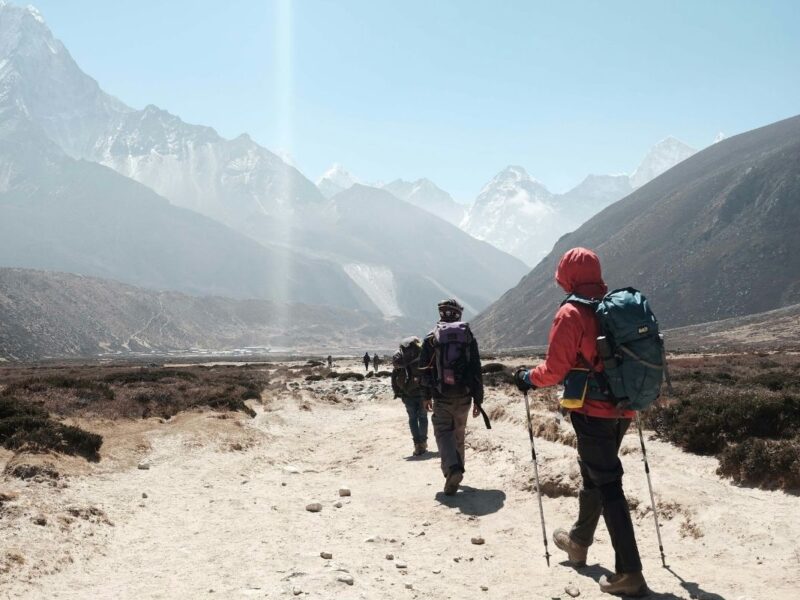
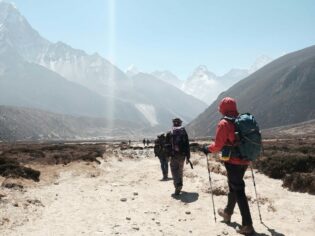
Group tours are amazing, actually – here's why. (Image: Ted Bryan)
In my early 20s, group tours was a dirty phrase. Now, I know how wrong I was.
When I first started spending all my money on travelling the world in my early 20s, I had a somewhat snobbish attitude towards how travel ‘should’ be done. To be an authentic traveller, you had to traverse the world solo, making friends along the way. You could only stay in hostels; the larger the dorm room, the better (no matter how smelly). And group tours were an absolute boycott. They were obviously for tourists who were too scared to see the ‘real’ side of the country they were visiting.
In my defence, as a uni student, these ideas were also fuelled by my minimum wage jobs and unpaid internships. But now – with the wisdom of 15 years and an actual savings account – I have long since realised how dead wrong I was.
The case for group tours is strong (when you take the time to choose a good one), especially with the rise of small group tours being offered around the world. Here’s why.
Being respectful
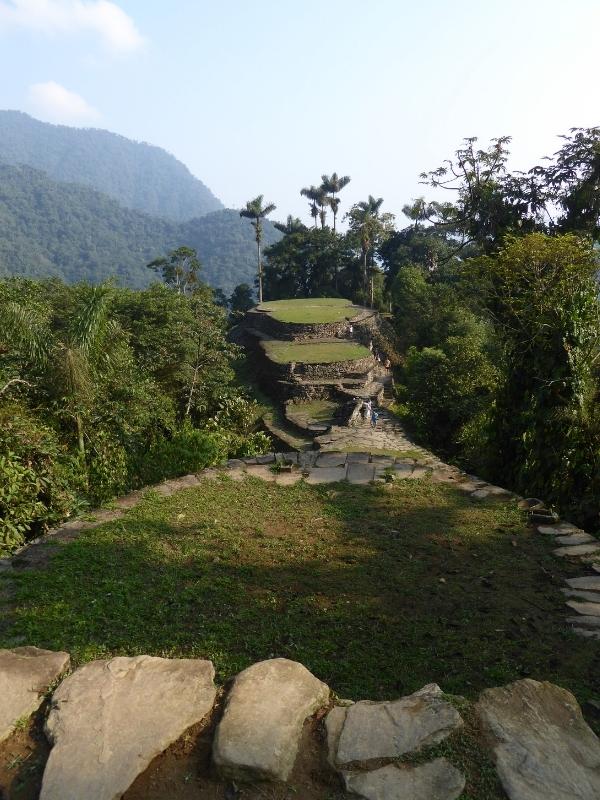
Hiking to Ciudad Perdida was transformed with a lcoal guide. (Image: Kassia Byrnes)
The necessity for joining a group tour really hit me when I travelled to Colombia. Excited to take a four-night hike into the Sierra Nevada mountains to see the ancient remains of Ciudad Perdida (The Lost City), I realised that with a sense of direction like mine, going it alone would be a terrible idea. Not to mention, I didn’t have a tent.
Upon further research, it became clear that hikers weren’t actually allowed to hike it without a tour group. Upon even more research, there was only one company that employed people from the local Indigenous groups we’d pass through to lead the tours and transport the food to feed us each night. This alone was enough to make me choose it over the others, but upon actually entering Ciudad Perdida, another became abundantly clear.
As a sign of respect (and a guarantee of safe passage), Indigenous groups of the area perform a short ceremony to the ancestors before entering the ruins. All while every other hiking group on the trail bustled past us. I hadn’t seen this even mentioned anywhere else, not even on the website description of this particular tour. Not only do I strongly believe in following local customs as a sign of respect, but it’s also something I never would have known about if not for joining a tour with the locals.
Another example came when, through work, I joined a sunrise hike to the top of a volcano in Bali. This hike was incredibly popular; the unbroken line of lights held by other hikers heading up the top for sunrise made that abundantly clear. Going it alone would have been very easy. The thing is, my guide was again from the local area, and more than once, he stopped at specific points along the trail where it was expected that locals would give thanks.
Yet another example was on a tour through Arnhem Land in the Northern Territory. Not only is it a remote destination that is harder to get to on your own, but the company I travelled with worked with local Indigenous communities to obtain permissions for everything we did, and stayed out of any areas where we weren’t welcome. So all I had to do was enjoy the trip, sound in the knowledge I wasn’t causing any harm.
The bottom line is, many mountains, volcanoes and other landscapes are sacred to the locals. We know how to treat a church, but it’s impossible to know exactly where to show that respect all around the world. So let the locals guide you.
Giving back to the community
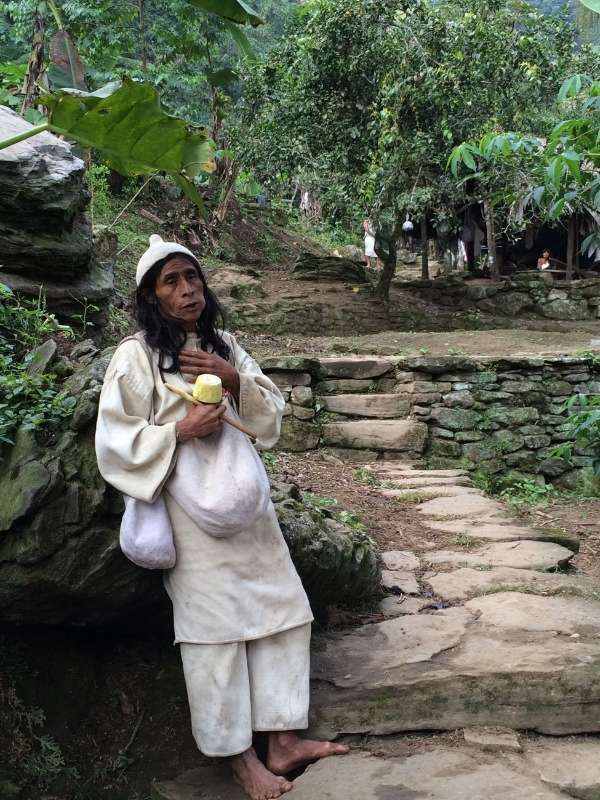
Meet the locals, and give back. (Image: Kassia Byrnes)
We’ve already touched on this one, but it’s a goody, so I’m going to expand. There are many ways to ensure you’re giving back to the place you’re travelling in, like buying from local food vendors and artisans and staying in locally-owned accommodations. But one of the best ways is to ensure that you pump a little of that sweet, sweet tourism dollar back into the community by joining local-owned tours.
Why does it matter? By engaging in meaningful tourism activities, the presence of travellers supports broader infrastructure and service development. With increased demand often comes increased investment in tourism infrastructure, transportation networks and public services – all of which benefit residents as well.
It also creates opportunities for local entrepreneurs – from the aforementioned food and arts vendors, to experience providers and guides.
Anyone lucky enough to travel the world has a fair amount of privilege (even if they’re 20 and only earning minimum wage), so pass it on.
Gaining context and knowledge
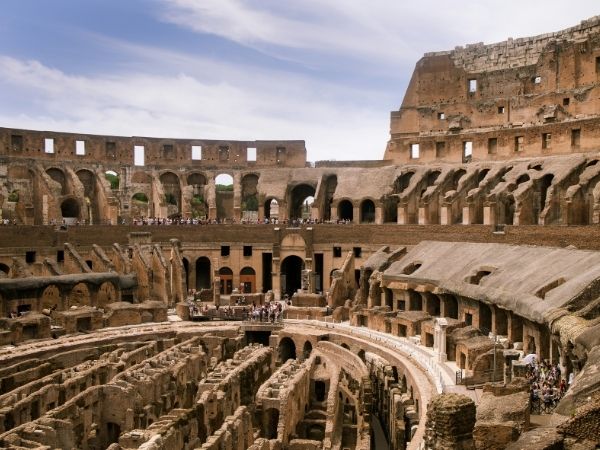
Seeing and discovering are two different things. (Image: Korng Sok)
On my very first overseas trip (and my first classic uni student Euro trip), I found myself with hundreds of other tourists, in line for Rome’s Colosseum. The line was estimated to take another two hours to reach the front. The sun was relentless, the shade was nonexistent – and pretty soon, so was my patience. It was pure desperation that made me accept when a random man claiming to be a tour guide promised to take anyone who paid him €50 right to the front of the line, but it turns out it was the best thing I could have done.
Modern history had been more my jam in high school, and while I had a passing interest in Ancient Rome, at the time of this trip, I could only really tell you a baseline of what it was all about. This tour guide gave context and shared knowledge I was completely ignorant of. Then, the most surreal moment for me and what I still remember as one of my favourite moments in travel ever – he pointed out lightly faded graffiti that had been left in a cell by one of the unfortunate gladiators, most likely about to head to his doom.
The way this moment centred ancient history as something real and human. I started looking at everything in a completely different light. It was honestly an incredible moment that I guarantee I would have missed had I waited out those extra two hours and saved that €50 to wander around the Colosseum on my own.
Not carrying your own bags
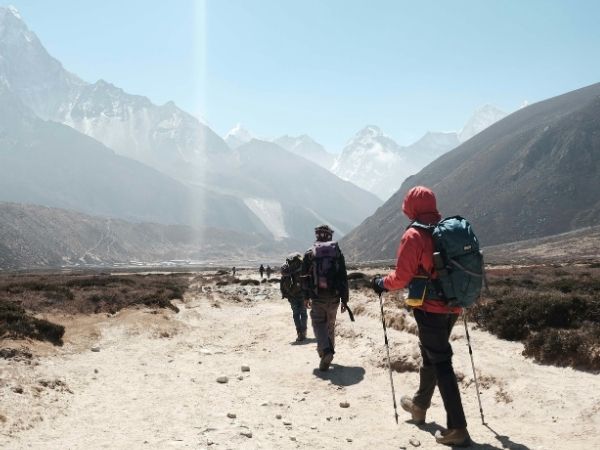
Only needing your day pack on a hike is absolute heaven. (Image: Ted Bryan)
Ok, I admit it. I also really love not lugging my giant backpack around with me, letting group leaders take care of it instead. So sue me.









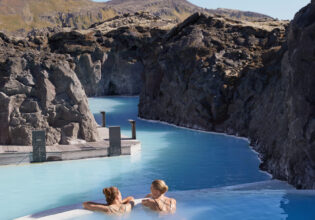




LEAVE YOUR COMMENT